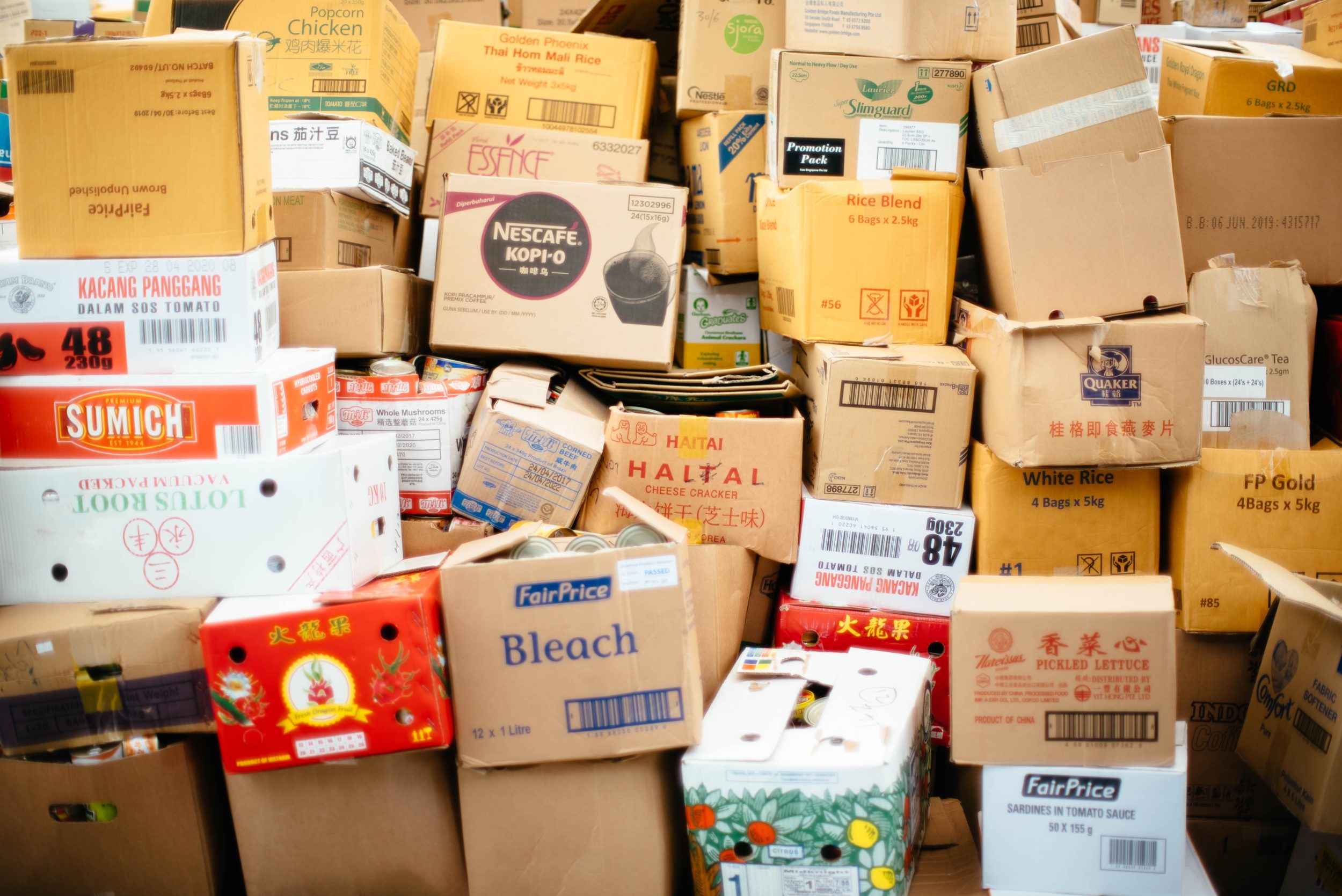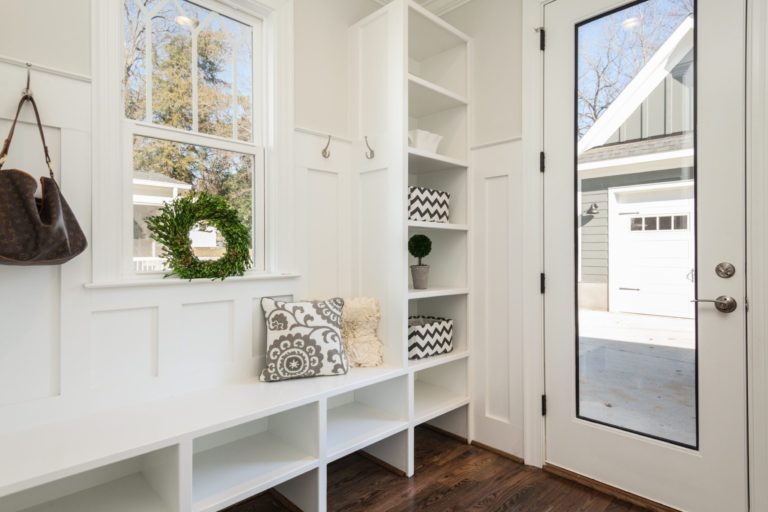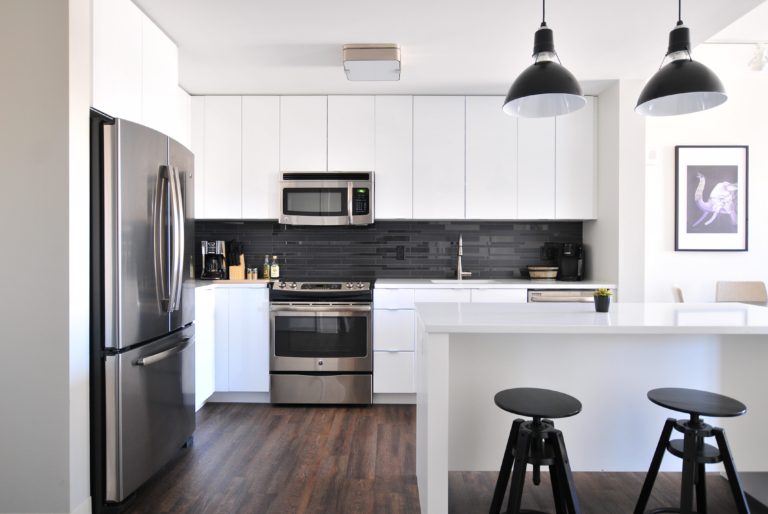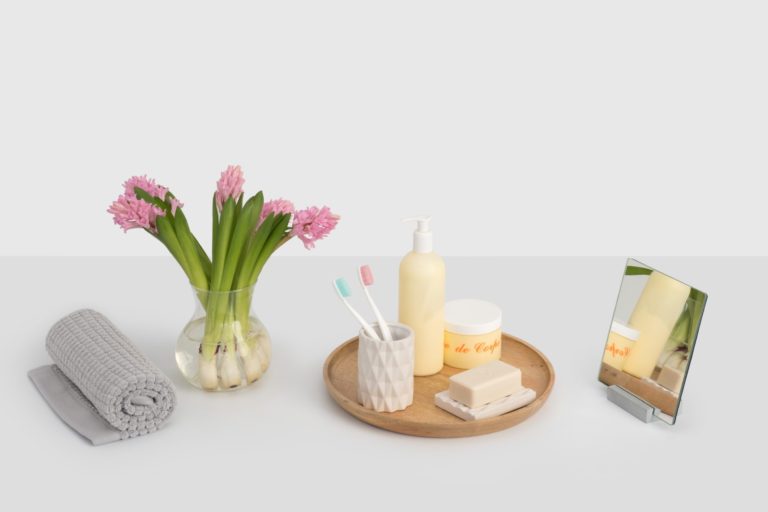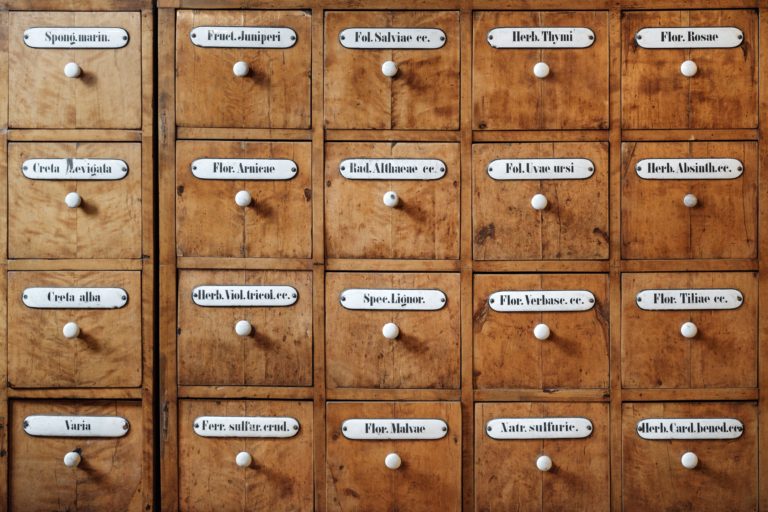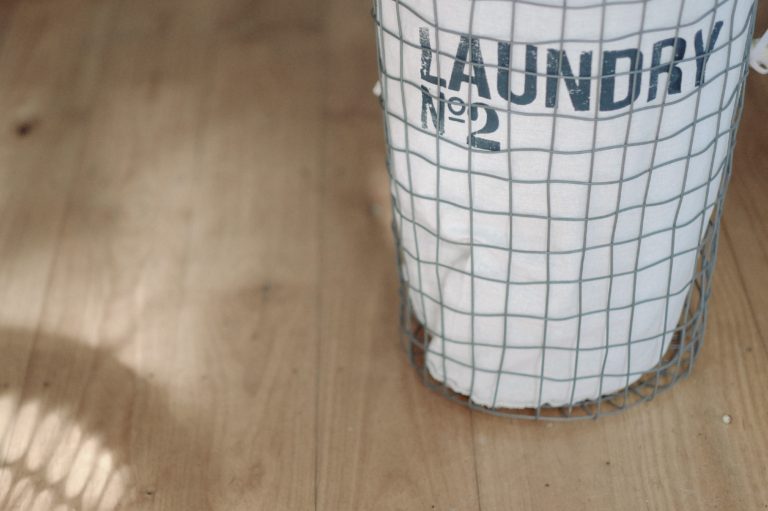Decluttering can be such a vague, unclear project that having concrete steps and instructions to follow can give a great sense of comfort to the stressed and overwhelmed. But there isn’t a single method that everyone ought to follow in order to enjoy a clutter-free life. Thankfully, we have a few methods to choose from, so we can tailor our decluttering experience to match our unique life circumstances.
The KonMari Method: Ask If It Sparks Joy
Thanks to the booming popularity of Marie Kondo’s new show on Netflix, the KonMari method is now perhaps the most well-known decluttering method on this list. And there’s good reason for it, too.
Asking whether or not something sparks joy is a quick and concise way to evaluate our relationship with every item we own. By going through a list of categories as ordered by Kondo and asking that one simple question, we’re enabled to declutter every part of our homes with steady progress and growing confidence.
This method works best for those who:
- want a very structured blueprint for decluttering their lives
- want to simplify their decision-making when decluttering
- want a very transformative (see: life-changing) decluttering experience
This method is not ideal for those who:
- don’t want a complete overhaul of their homes or lives
- simply can’t muster an emotional reaction towards the things they own
- can’t spare the time or energy for a decluttering marathon or “tidying festival”
- feel overwhelmed by the thought of laying out everything from a single category on the floor (e.g. all your clothes or all your books) as the first step to decluttering
The Hide-in-Boxes Method: Out of Sight, Out of Mind
Similar to the Inbox Zero method of clearing your e-mail inbox is the hide-in-boxes method of decluttering your possessions. Popularized by The Minimalists’ Packing Party method, the hide-in-boxes method requires that you hide all your possessions in labeled boxes and take out only the things you want to use as you need them.
Everything that doesn’t get taken out of the boxes at the end of a year (or x number of months) will be discarded. The premise of this method is if you don’t use something, then you don’t actually need it. Needless to say, this method is for the person who doesn’t plan on looking back.
This method works best for those who:
- want an effective, nuclear option for getting rid of things they don’t need
- don’t particularly care about keeping sentimental or decorative items
- are looking to be intentional with the way they use all their possessions
- are moving to a new home and are putting their stuff in boxes anyway
This method is not ideal for those who:
- own a lot of seasonal items or joint possessions (with spouse or housemates)
- want to evaluate each of their possessions before getting rid of it
- feel anxious about throwing something that might be important
The Four-Box Method: Familiar and Pragmatic
Perhaps the most familiar and pragmatic of all the decluttering methods is the four box method (aka the four bags or four containers method). The idea behind the Four Box method is that you go around your space, looking for things to put in to any of the boxes labeled: relocate, donate, trash, and sell.Once you’ve filled each of the boxes as much as you can, you just have to do what’s written on each box.
It’s simple, straightforward, yet more elaborate than using a single box that’s vaguely labeled “get rid of”—eliminating the need to make a second set of choices regarding what to do about decluttered items later on.
This method works best for those who:
- want to declutter at their own pace, whether all at once or over time
- prefer a flexible, non-prescriptive decluttering method that they can customize to fit their needs (feel free to declutter by room, by category, or even randomly)
This method is not ideal for those who:
- tend to procrastinate and agonize over decision-making when it comes to stuff
- have difficulty following through with their decisions (i.e. will simply hide or store the boxes instead of donating, selling, or throwing away what’s in each of them)
Low-Key Challenges: Slowly But Surely
There are a number of decluttering challenges you can find online, especially if you know where to look, and most of them are simple things that you can implement into your schedule with relative ease. Here are a few challenges that you can try for yourself or with a friend:
- The Minimalism Game by Joshua Fields Millburn & Ryan Nicodemus — get rid of unwanted possessions in increasing amounts over thirty days (from getting rid of a single item on day 1 to thirty items on day 30, see: 465 items in total)
- 365 Less Things by Colleen Madsen — get rid of one item each day for a year
- The 5-Minute Method by Leo Babauta — spend five minutes each day to look for things to give away (and actually give them away)
This method works best for those who:
- have no problem doing small things consistently
- are easily overwhelmed with giant tasks, projects, and commitments
- have incredibly busy schedules and can only spare a few minutes each day to get decluttered (imagine the life of a touring musician, an in-demand business manager, a mother with over five kids, etc.)
This method is not ideal for those who:
- shop faster than they can declutter
- want immediately visible and transformative results
- prefer to declutter all at once, instead of over an indefinite or long period of time
The great thing about having different decluttering methods to choose from is that we can declutter in such a way that fits not only our preferences and personalities, but the resources that we can spare (whether that’s time, energy, or money).
There’s nothing stopping you from creating a mish-mash of all these methods, either—if it works for you, it works for you. At the end of the day, what matters is that we get the results that we’re looking for.
Do you know other helpful decluttering methods that aren’t on this list? Let us know in the comments below!

